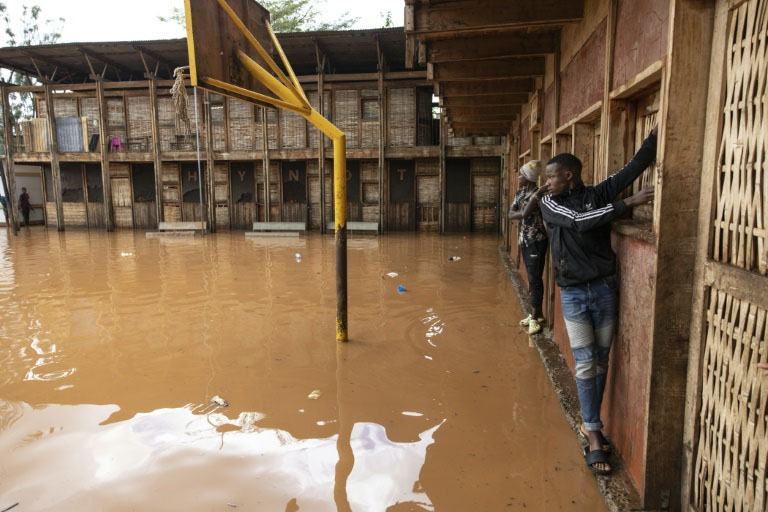
Photo Credit: File Photo
A tragic incident has occurred in Kenya where approximately 50 individuals have lost their lives due to the bursting of a dam that resulted in heavy rains and flooding. The disaster occurred in villages near Mai Mahiu, which is located about 60 km (37 miles) from the capital city of Nairobi. The incident occurred while the people were sleeping, and the floodwaters swept them away. The rescue operations are still underway, and there is a possibility that the death toll may rise further. In the last month, more than 100 people have lost their lives due to the floods that have devastated parts of Kenya.
The incident occurred in the early hours of Monday when a tide of water crashed down from a burst dam upriver in the Mai Mahiu area. The sound of the roaring water woke the people up from their sleep. The residents spoke of a night of desperate efforts to save people from the raging flood and dig them out of the mud. The Kenya Red Cross has joined search and rescue operations, with its emergency response manager, Anthony Muchiri, stating that the death toll has risen to 50. He added that this was the worst disaster that he had ever come across in his career. Not only were the homes of the people swept away, but also their foundations.
Of the bodies recovered so far, 17 were of children, according to Stephen Kirui, the police commander, cited by Reuters news agency. The small villages of Kamuchiri and Kianugu were among those that bore the brunt of the disaster. The water came at a high speed from Old Kijabe Dam and washed away many houses and vehicles. The residents of Mai Mahiu have never seen such devastating floods before.
The government has delayed the opening of schools across Kenya with more rain expected, according to forecasters. More than 130,000 people have been displaced by the floods, with many people taking shelter in schools. Heavy rains have also pounded neighbouring Tanzania and Burundi. At least 155 people have lost their lives in Tanzania since January, while nearly 100,000 people have been displaced in Burundi.
The Water Resources Authority (WARMA) has issued a warning about potential flash floods in some parts of the country due to heavy rainfall. WARMA's CEO, Mohammed Shurie, stated that the Seven-Forks hydro-electric dams, which include Masinga, Kamburu, Gitaru, Kindaruma, and Kiambere, may overflow.
Shurie explained that many dams in the country are already full, making flooding a risk due to spilling and potentially breaching. As of April 29th, all the Seven-Forks dams were overflowing and spilling over into downstream areas.
The Indian Ocean Dipole (IOD) is one of the biggest drivers of the rains, according to Chris Fawkes. The IOD refers to the difference in sea-surface temperatures in opposite parts of the Indian Ocean. During a positive phase, the waters in the western Indian Ocean are much warmer than normal, which can bring heavier rain regardless of El Niño. However, when both a positive IOD and an El Niño occur at the same time, the rains in East Africa can become extreme. One of the strongest positive IOD patterns on record coincided with one of the strongest El Niño patterns in 1997 and 1998, resulting in severe flooding that claimed more than 6,000 lives in five countries in the region.
If you live in an area that is prone to flooding, it is important to take necessary precautions to ensure your safety.
















